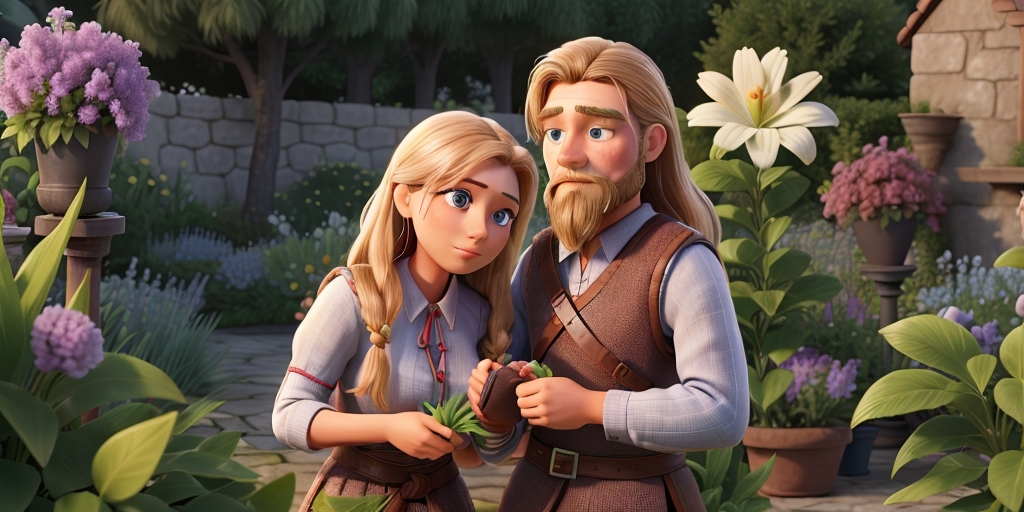Join us on a fascinating journey as we unveil the hidden world of Vikings gardening. During a recent visit to the Hedeby’s Viking museum, we were astonished to discover that these fierce warriors had a green thumb hidden amidst their battle-hardened hands. From cultivating lush gardens to embracing indoor plant life, the Vikings’ affinity for horticulture reveals a lesser-known aspect of their ancient civilization. Prepare to be enchanted as we delve into the secrets of Vikings gardening, a captivating realm where strength and beauty intertwine.
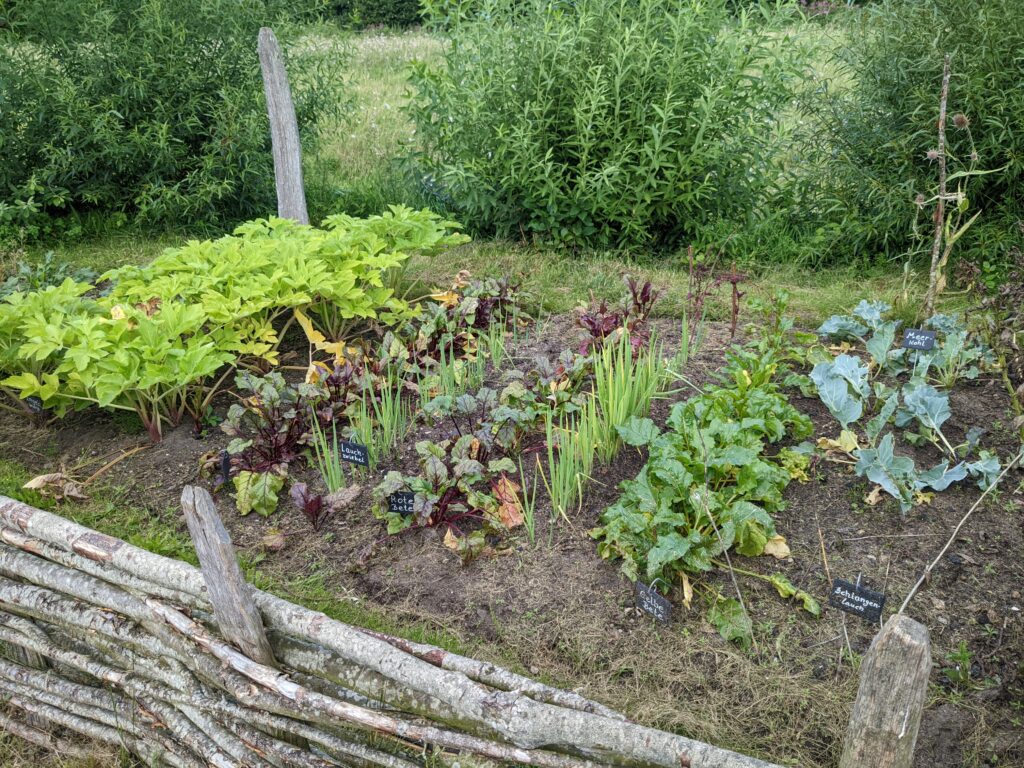
Vikings’ Use of Gardens
Importance of Gardens for Vikings’ Lifestyle
In the vast and often harsh landscapes of Viking settlements, gardens played a significant role in sustaining their way of life. As a communal society reliant on agriculture, the Vikings recognized that gardens were essential for providing a steady supply of food, herbs, and medicinal plants. The cultivation of diverse vegetables, the nurturing of decorative plants, and the utilization of indoor gardening techniques were all integral to the Vikings’ lifestyle. Gardens not only provided sustenance but also served as a means of connecting with nature and beautifying their surroundings.
Types of Gardens in Viking Culture
In Viking culture, there were several types of gardens that served different purposes. The most common type was the household garden, which was typically tended to by every family. These gardens were primarily focused on growing vegetables and herbs, ensuring a steady supply of fresh produce. Another type of garden was the communal garden, where villagers would come together to cultivate larger quantities of crops, emphasizing the importance of community cooperation. Additionally, some Vikings cultivated ornamental gardens, dedicated to growing flowers and decorative plants to enhance the aesthetic appeal of their homes and public spaces.
Design and Layout of Viking Gardens
The design and layout of Viking gardens were influenced by both practicality and aesthetics. Household gardens were often organized in a grid-like pattern, with neat rows and sections designated for specific vegetables and herbs. Communal gardens typically followed a similar pattern, but on a larger scale. Ornamental gardens, on the other hand, featured more fluid and naturalistic designs, with flower beds arranged to create visually pleasing patterns. Paths and walkways made from gravel or stepping stones were often incorporated, allowing easy access for tending to the plants and enjoying the garden’s beauty.
Tools and Techniques Used in Viking Gardening
Vikings utilized a range of tools and techniques to tend to their gardens. These included basic hand tools such as spades, hoes, and rakes, which were used for soil preparation, weeding, and cultivation. In addition, wooden and bone tools were employed for planting and transplanting delicate seedlings. The Vikings also utilized composting techniques, enriching the soil with organic matter to promote healthy plant growth. Furthermore, they were skilled at using raised beds, trenches, and irrigation channels to ensure optimal water distribution and drainage. The knowledge and skills passed down through generations allowed the Vikings to cultivate bountiful gardens even in challenging environments.
Vegetables Grown by Vikings
Commonly Cultivated Vegetables
The Vikings cultivated a variety of vegetables to sustain their dietary needs. Some of the most commonly grown vegetables included root vegetables such as carrots, turnips, and onions. These hardy crops could be stored for extended periods, providing a reliable food source during the long winter months. Cabbages and leeks were also frequently grown, their versatility adding depth and flavor to Viking meals. Legumes such as peas and beans played an important role in providing a source of protein. These vegetables not only formed the foundation of the Vikings’ diet but also showcased their ingenuity in utilizing the resources available to them.
Introduction of Exotic Vegetables
While Vikings primarily relied on local and hardy vegetables, they were also known to experiment with exotic crops brought back from their travels. As skilled seafarers, the Vikings voyaged to distant lands, where they encountered new plants and agricultural practices. These explorations led to the introduction of vegetables such as spinach, parsnips, and radishes, which brought diversity and different flavors to their cuisine. The Vikings’ openness to adapting and incorporating these exotic vegetables into their gardens demonstrates their curiosity and eagerness to embrace new culinary experiences.
Gardening Methods for Sustainable Harvest
To ensure a sustainable harvest, the Vikings practiced various gardening techniques. Crop rotation was one such method that allowed them to maximize soil fertility and minimize the depletion of nutrients. By alternating the types of crops grown in specific areas, the Vikings avoided the build-up of pests and diseases while replenishing the soil with different nutrients. Additionally, the Vikings used natural pest control methods, such as companion planting, where certain plants were grown together to deter pests. They also employed intercropping, a practice where faster-growing crops were planted alongside slower-growing ones, optimizing space and increasing overall productivity. Through these sustainable gardening methods, the Vikings upheld the importance of preserving the environment for future generations.
This image is property of images.finegardening.com.
Herbs and Medicinal Plants
Role of Herbs and Medicinal Plants in Viking Society
Herbs and medicinal plants held great significance in Viking society. They were not only used for culinary purposes but also for their healing properties. Vikings recognized the power of nature and believed in the ability of plants to treat various ailments. As a result, herbal medicine played a vital role in Viking society, with individuals skilled in the art of healing utilizing a wide range of plants for different conditions. The cultivation and utilization of herbs and medicinal plants showcased the Vikings’ deep connection with nature and their belief in the importance of holistic well-being.
Popular Herbs and Medicinal Plants in Viking Gardens
Viking gardens were abundant with herbs and medicinal plants, carefully cultivated for their healing properties. One of the most widely used herbs was chamomile, which had soothing effects and was often used to alleviate digestive issues and promote relaxation. Nettle, with its multitude of uses, was also prominent in Viking gardens. It was consumed as a tea, used for its diuretic properties, and added to soups for its nutritional value. Other popular plants included yarrow, used for wound healing, and elderberry, known for its immune-boosting and antiviral properties. These plants served as the foundation of Viking herbal remedies, ensuring the well-being of individuals within the community.
Uses and Benefits of Viking Herbal Remedies
Viking herbal remedies provided relief for a vast range of ailments and were an integral part of their healthcare practices. From treating common colds and stomach ailments to aiding in childbirth and promoting overall vitality, these remedies played a crucial role in the Vikings’ pursuit of health and well-being. The use of herbs such as St. John’s wort for its mood-stabilizing properties and angelica for its digestive benefits showcased the Vikings’ advanced knowledge of medicinal plants. By harnessing the healing potential of herbs, the Vikings sought to maintain balance and harmony within their bodies, thus strengthening their overall spirit and vitality.

Flowers and Decorative Plants
Aesthetics and Cultural Significance of Flowers in Viking Gardens
Flowers held both aesthetic and cultural significance in Viking gardens. The Vikings recognized the beauty and fragility of flowers, often incorporating them into their surroundings to create visually stunning landscapes. Beyond their ornamental value, flowers were also symbols of fertility, love, and celebration in Viking culture. They adorned special occasions such as weddings and festivals, transforming ordinary spaces into vibrant and joyous settings. The presence of flowers in Viking gardens not only brought pleasure to the senses but also conveyed the Vikings’ appreciation for beauty and their desire to honor nature’s creations.
Native Flowers and Plants
Viking gardens primarily featured native flowers and plants, utilizing the flora that thrived in their specific environments. Wildflowers such as daisies, dandelions, and violets were often grown in Viking gardens, adding pops of color and charm. These native flowers not only enhanced the aesthetic appeal of the gardens but also played a vital role in supporting local ecosystems. The Vikings understood the interconnectedness of all living beings and recognized the importance of preserving and nurturing their natural surroundings.
Decorative Plants and Ornamental Techniques
In addition to native flowers, Vikings incorporated various decorative plants and employed ornamental techniques to elevate the beauty of their gardens. Climbing plants such as ivy and flowering vines were trained to grow along trellises, creating vertical interest and adding depth to the garden. Topiaries, shaped bushes, and hedges were meticulously sculpted, showcasing the Vikings’ skill and attention to detail. Intricate patterns were woven into the design of their gardens, with intertwined branches and floral arrangements complementing one another. By employing these decorative plants and ornamental techniques, the Vikings created enchanting and visually captivating outdoor spaces.
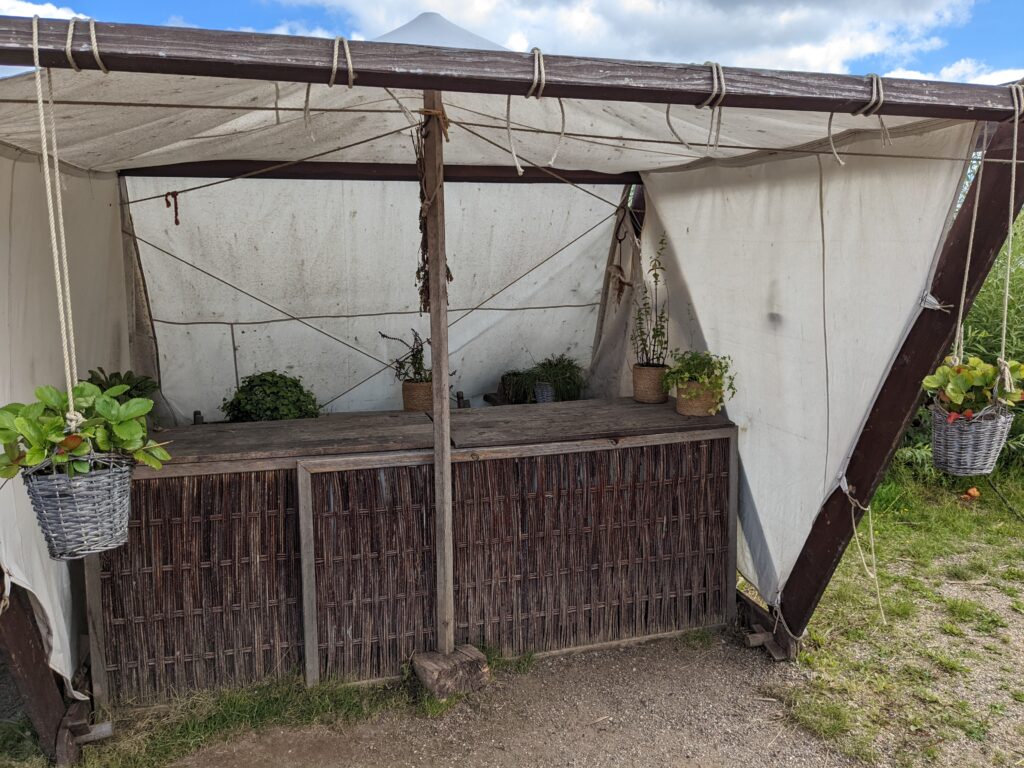
Indoor Gardening Techniques
Importance of Indoor Gardening for Vikings
Indoor gardening played a crucial role in Viking households, especially during the long winter months when outdoor gardening was not possible. It allowed the Vikings to maintain a steady supply of fresh herbs, vegetables, and medicinal plants throughout the year. Indoor gardens not only provided sustenance but also offered a connection to nature within the confines of their homes. They brought life and vibrancy to the interiors, adding a sense of calm and tranquility during the colder seasons. Indoor gardening was a testament to the Vikings’ resourcefulness, allowing them to adapt to their environment and nurture the beauty of nature within their living spaces.
Container Gardening in Viking Homes
One popular indoor gardening technique utilized by the Vikings was container gardening. They would plant herbs and small vegetables in pots and containers, which were strategically placed near windowsills or other sources of natural light. This technique allowed the Vikings to take advantage of limited space and ensure optimal growing conditions for their plants. Earthenware pots and wooden containers were commonly used, showcasing the Vikings’ craftsmanship and appreciation for natural materials. Container gardening brought a touch of greenery and vitality to the interiors, creating a harmonious blend of the natural and domestic realms.
Hydroponics and Innovative Techniques
The Vikings also employed innovative techniques, including hydroponics, to overcome the limitations of indoor gardening. Hydroponics involved growing plants without soil, using nutrient-rich water solutions instead. By suspending plant roots in the water and providing them with a regulated supply of nutrients, the Vikings were able to cultivate plants efficiently, even in the absence of arable land. This method allowed for year-round gardening and provided the Vikings with a sustainable means of cultivation. The use of hydroponics showcased the Vikings’ ingenuity and their constant quest for innovative solutions.
Crop Rotation and Soil Fertility
Crop Rotation Practices in Viking Agriculture
The Vikings understood the importance of maintaining soil fertility and practiced crop rotation as a means to achieve it. Crop rotation involved alternating the types of crops grown on a specific piece of land over time. For example, one season might see the planting of nitrogen-fixing legumes, while the next might focus on root vegetables. This technique minimized soil nutrient depletion, reduced the incidence of pests and diseases, and improved overall crop yields. Crop rotation was integral to Viking agriculture, as it allowed them to sustain productive gardens in the long term, ensuring a consistent food supply for their communities.
Fertilizer Methods and Composting
To supplement soil fertility, Vikings employed various fertilizer methods, with composting being a primary technique. Composting involved the decomposition of organic matter, such as food waste, plant trimmings, and animal manure, to create a nutrient-rich soil amendment. Vikings would collect these organic materials and pile them together, allowing them to break down over time. The resulting compost was then used to enrich the soil and improve its nutrient content. Through their understanding of the natural decomposition process, the Vikings effectively recycled organic waste, maximizing the productivity of their gardens, and minimizing their impact on the environment.
Sustainable Soil Management Techniques
In addition to crop rotation and composting, the Vikings adopted sustainable soil management techniques to ensure the long-term health of their gardens. They practiced minimal tilling, understanding that excessive disturbance of the soil could lead to erosion and nutrient loss. Instead, the Vikings embraced the concept of no-till gardening, allowing the soil to retain its natural structure and organic matter. They also employed mulching, a technique where a layer of organic material is spread over the soil surface. This practice helps maintain soil moisture, suppress weeds, and provide a gradual release of nutrients. By implementing these sustainable soil management techniques, the Vikings demonstrated their commitment to preserving the fertility of their land and cultivating thriving gardens for generations to come.

Seasonal Gardening and Harvesting
Viking Calendar for Planting and Harvesting
The Vikings followed a specific calendar for planting and harvesting, ensuring optimal timing for their agricultural activities. They divided the year into distinct seasons: spring, summer, autumn, and winter. The arrival of spring marked the beginning of the planting season, with the Vikings sowing seeds for various crops and preparing their gardens. As summer approached, the gardens flourished, and the Vikings diligently tended to their growing plants. By autumn, the harvest season commenced, and the Vikings reaped the rewards of their hard work. Lastly, during the winter months, when outdoor gardening was not feasible, the Vikings relied on the stored produce from their gardens to sustain them until the next growing season.
Winter Gardening Methods
Although gardening during winter posed challenges due to the harsh conditions, the Vikings developed methods to continue cultivation even in the coldest months. To protect their plants from freezing temperatures, the Vikings utilized techniques such as cold frames and straw mulching. Cold frames acted as miniature greenhouses, capturing and retaining heat from the sun, while straw mulching provided insulation for the soil, preventing frost damage. Additionally, the Vikings brought potted plants indoors or utilized their indoor gardening techniques to ensure a fresh supply of herbs and vegetables throughout the winter. These winter gardening methods allowed the Vikings to sustain their gardens even in the face of adversity, emphasizing their resourcefulness and determination.
Preservation Techniques for Long Winter Months
As winter arrived, the Vikings needed to preserve their garden harvests to ensure an adequate food supply throughout the long winter months. Drying and fermenting techniques were commonly employed to preserve vegetables, herbs, and fruits. Vegetables were sliced thinly and dried using the heat from the fire or sun, resulting in dehydrated and long-lasting produce. Fermentation involved preserving food in brine or vinegar, creating a tangy and flavorful condiment that could be stored for extended periods. Additionally, the Vikings utilized root cellars, which provided a cool and dark environment for storing root vegetables, ensuring their longevity. Through these preservation techniques, the Vikings were able to enjoy the fruits of their labor even when the gardens lay dormant.
Gardening for Food Preservation
Drying and Fermenting Techniques
The Vikings practiced drying and fermenting techniques as part of their food preservation methods. Drying involved removing moisture from various food items, including vegetables, fruits, and herbs. To dry their produce, the Vikings would expose it to the sun or heat from a fire until the moisture content was significantly reduced. Dried vegetables and herbs could be stored for extended periods without spoiling, providing a reliable food source during times of scarcity. On the other hand, fermentation was employed to create preserved foods with enhanced flavors. Vegetables such as cabbage were often fermented to make sauerkraut, while fruits were transformed into tangy preserves. These preservation techniques allowed the Vikings to savor the tastes of summer throughout the year.
Canning and Pickling Methods
While canning and pickling as we know them today were not yet developed during Viking times, the Vikings employed similar preservation methods to extend the shelf life of their food. They utilized salt brines and vinegar solutions to pickle various vegetables, creating a sour and slightly acidic flavor profile. The acidity and salt content of these pickled foods helped prevent the growth of harmful microorganisms, ensuring their longevity. While they did not have the standardized canning techniques we have today, the Vikings understood the concept of preserving food through the use of natural preservatives and flavor-enhancing techniques.
Root Cellars and Food Storage
Root cellars were a vital element of Viking food preservation, especially in regions with long winter months. These underground chambers provided a cool and dark environment, ideal for storing root vegetables and other perishable food items. The Vikings constructed root cellars using stone, wood, or earth mounds, depending on the available resources. The cold and stable temperatures within the root cellars helped slow the spoilage process and preserved the freshness of the stored food for an extended period. By utilizing root cellars and other innovative storage methods, the Vikings ensured a reliable source of food, even during the harshest of winters.
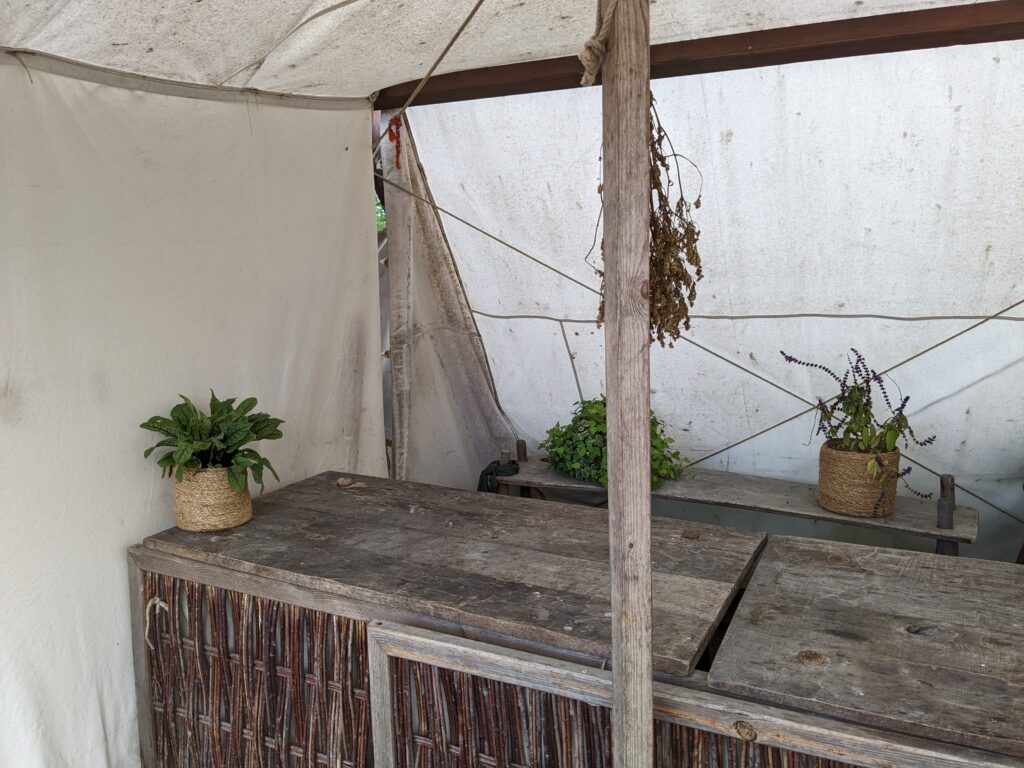
Gardening in Viking Mythology
Symbolism and Mythological References
The Vikings’ deep connection with nature and their gardens extended into their mythology, where various plants held symbolic meanings and mythological references. Trees played a prominent role, with the ash tree symbolizing the world tree, Yggdrasil, which connected different realms. The apple tree, associated with the goddess Idunn, represented youth and eternal life. Flowers such as the daisy were believed to be the tears of the goddess Freya, while the mistletoe held great significance during the winter solstice. These symbolic connections between plants and mythological beliefs underscored the Vikings’ reverence for nature and their belief in the interconnectedness of the physical and spiritual realms.
Gods and Goddesses Associated with Gardening
Several gods and goddesses in Viking mythology were associated with gardening and agriculture, highlighting the importance of these practices in their culture. Freyr, the god of fertility and prosperity, was often depicted holding a sheaf of wheat or an ear of corn, symbolizing the abundance of the harvest. Idunn, the goddess of youth and vitality, was closely tied to the cultivation of apples, which were believed to grant eternal youth to the gods. Additionally, the goddess Sif was associated with grain and harvest, and her golden hair was said to represent fields of wheat ready for harvest. The Vikings’ association of their deities with gardening emphasized the reverence they held for the land and their agricultural practices.
Rituals and Ceremonies in Viking Gardens
Vikings celebrated the changing seasons and the cycles of life through rituals and ceremonies conducted in their gardens. These gatherings were occasions for expressing gratitude to the gods for a bountiful harvest and a way of fostering community spirit. During these festivities, offerings of freshly harvested crops, flowers, and herbs were made to the gods, symbolizing the Vikings’ appreciation for nature’s gifts. The gardens served as sacred spaces, infused with the energy of the land and the gods, and the rituals and ceremonies conducted within them brought the community together, reinforcing their connection with the natural world.
Reviving Viking Gardening
Viking Gardening in Modern Times
The practice of Viking gardening has experienced a revival in recent years as people seek to reconnect with their heritage and embrace more sustainable and self-sufficient lifestyles. Modern-day Viking gardens draw inspiration from the principles and techniques of their ancestors, incorporating elements such as crop rotation, composting, and companion planting. These gardens serve as reminders of the Vikings’ resourcefulness and ingenuity, inspiring individuals to cultivate their own food and reconnect with nature.
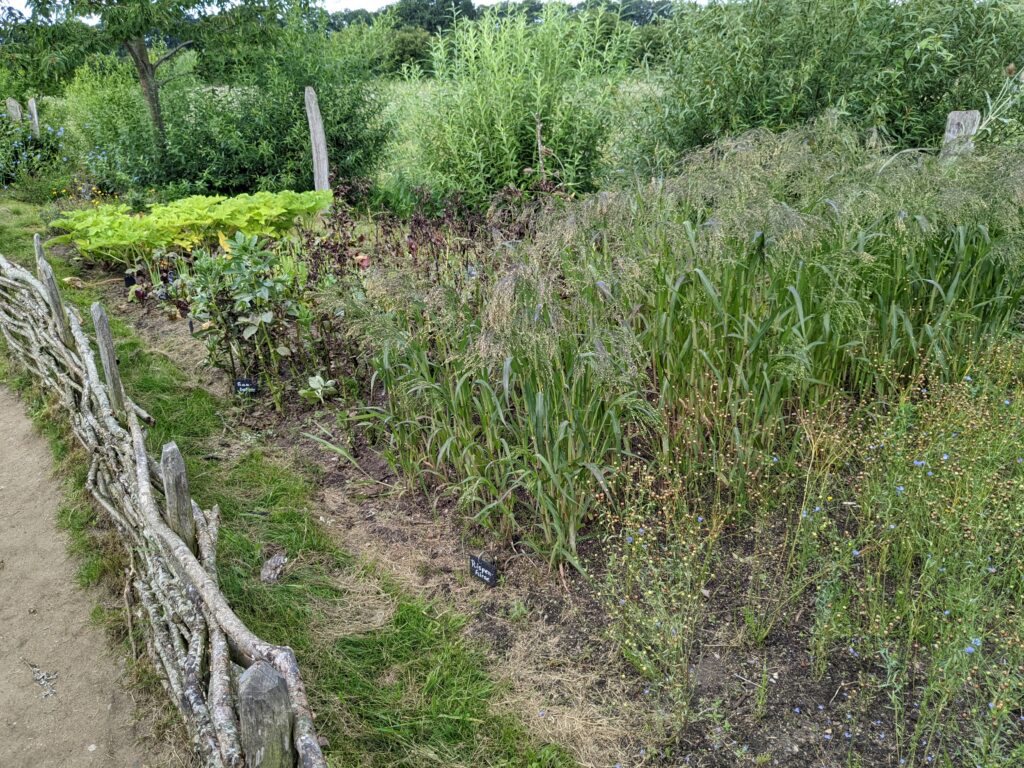
Recreating Viking Gardens
Recreating Viking gardens involves careful research into historical records and archaeological findings to capture the essence of these ancient gardens. Native and heirloom plant varieties, which resemble those grown by the Vikings, are cultivated to evoke the same flavors and visual appeal. Authentic materials such as natural stone and wood are used to construct paths, raised beds, and trellises, infusing an air of historical accuracy. By recreating Viking gardens, enthusiasts not only honor their ancestors but also create unique and captivating spaces that inspire others to appreciate the legacy of the Vikings’ gardening practices.
Tips for Incorporating Viking Gardening Techniques
For those interested in incorporating Viking gardening techniques into their own gardens, several tips can guide their endeavors. Begin by researching and selecting native and heirloom plant varieties that thrived in the Viking era. Embrace sustainable gardening methods such as crop rotation, composting, and intercropping to maximize productivity and reduce environmental impact. Incorporate decorative plants and ornamental techniques to create visually captivating landscapes. Explore indoor gardening techniques like container gardening or hydroponics to allow year-round cultivation. By embracing the wisdom of the Vikings and infusing modern gardening practices with their ancient techniques, one can create gardens that are both beautiful and sustainable, fostering a deeper connection with nature and the legacy of the Vikings.
In conclusion, gardens held immense importance in Viking culture, providing sustenance, healing, and beauty. The Vikings harnessed their knowledge of gardening to cultivate a diverse array of vegetables, herbs, and decorative plants. Their gardening practices showcased their resourcefulness, sustainability, and reverence for nature. From employing innovative indoor gardening techniques to preserving food for winter months, the Vikings utilized a range of tools and methods to thrive in challenging environments. Today, the revival of Viking gardening allows us to rediscover the wisdom of our ancestors, integrating their techniques with modern practices to create vibrant, bountiful, and environmentally conscious gardens.

